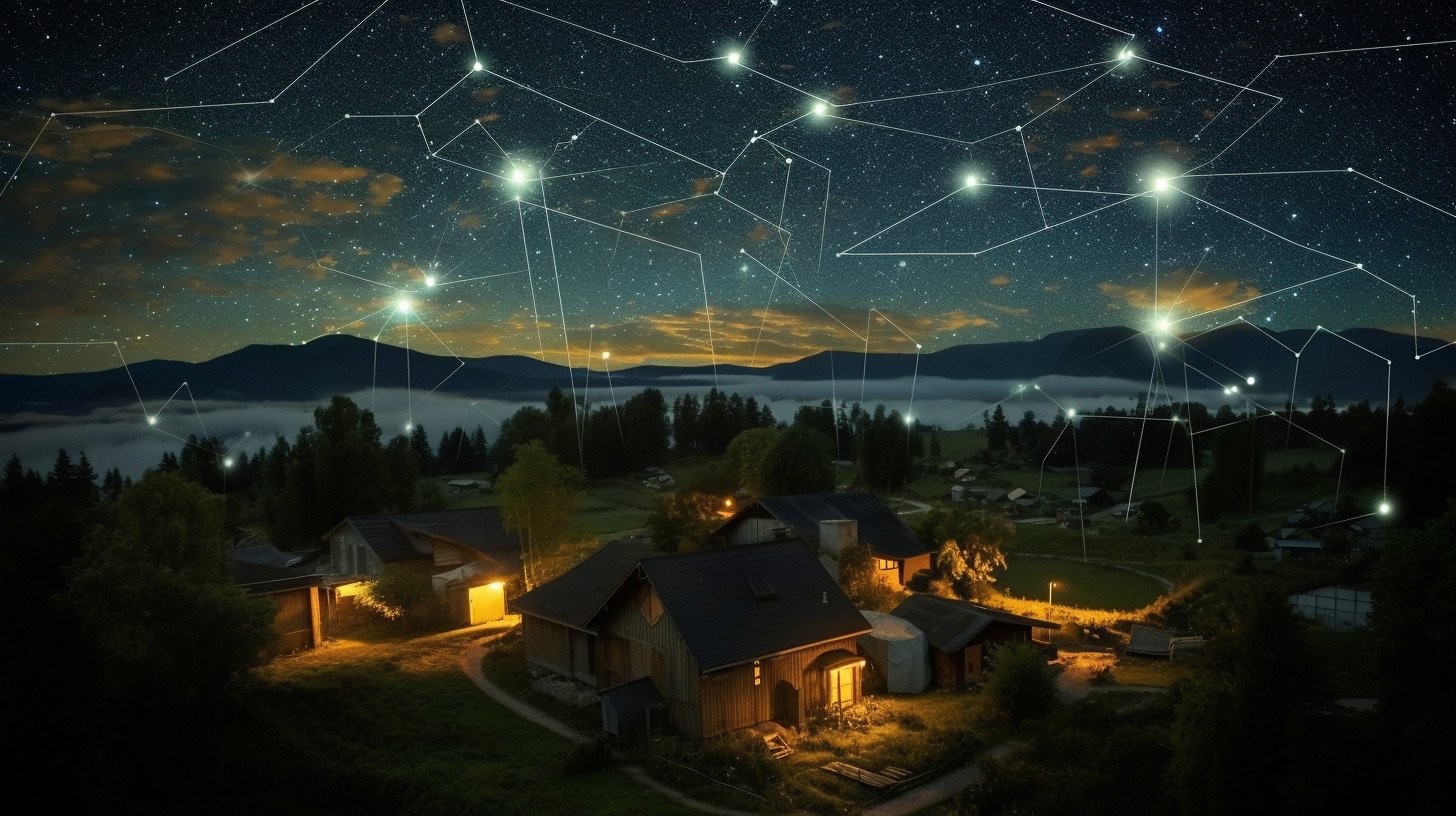In a groundbreaking announcement that has both astronomers and astrologers looking skyward, the World Astrology Organization (WAO) has declared its plans to redraw the ancient constellations. The reason? The ever-expanding network of Starlink satellites. With these man-made celestial bodies increasingly cluttering the night sky, traditional star patterns are becoming harder to discern. The WAO’s solution is as controversial as it is modern: base the new constellations on the paths of Starlink satellites.
The decision comes after numerous complaints from astrologers that the Starlink satellites are outshining and obscuring the view of classical constellations. “It’s time to embrace the new stars of our era,” stated the WAO president. “The old constellations are barely visible now. We need to switch to faster moving, more visible objects that reflect the modern world.”
This radical shift in astrological practice aligns with the recent trend of incorporating modern technology into ancient arts. It follows the launch of the “StarSeer” app, which uses James Webb Space Telescope (JWST) images and AI for more accurate horoscopes, as previously reported. The new Starlink-based constellations, however, take this fusion of old and new to celestial heights.
Critics argue that basing constellations on satellites, which are in constant motion and not fixed in space like stars, could lead to wildly fluctuating horoscopes. Supporters, on the other hand, see it as a necessary adaptation to the realities of our modern skies.
The WAO’s plan involves charting the most consistent paths of the satellites and forming new constellations with names that reflect contemporary culture and technology. The move is seen as a way to keep astrology relevant in an age where human-made objects are becoming as prominent in the night sky as the stars themselves.
This development is a stark reminder of how technology is reshaping not just our physical world, but our cultural and spiritual practices as well. The redrawing of constellations based on satellites is a historical first, marking a significant shift in how humanity looks at and interprets the night sky.
In conclusion, the WAO’s decision to base new constellations on Starlink satellites is a nod to the ever-increasing influence of technology on our lives. It’s a reminder that as our world changes, so too must our traditions, even those that are written in the stars.
Disclaimer: This article is a work of satire. The World Astrology Organization has not announced plans to redraw constellations based on Starlink satellites, but the story serves as a commentary on the impact of modern technology on ancient practices.
